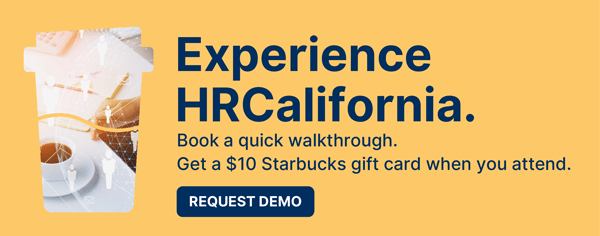
On May 15, 2023, following the end of the national COVID-19 Public Health Emergency Declaration, the Equal Employment Opportunity Commission (EEOC) updated its long-running COVID-19 technical assistance resources — What You Should Know About COVID-19 and the ADA, the Rehabilitation Act, and other EEOC Laws.
As reported throughout the pandemic (here, here, here and here), the EEOC regularly updated this resource. With the official end of the federal COVID-19 public health emergency, this appears to be the final update for this resource.
“This installment is the capstone to our comprehensive resource of questions and answers on COVID-19 and the anti-discrimination laws enforced by the EEOC,” said EEOC Chair Charlotte A. Burrows in a press release.
The EEOC revised several questions throughout the resource — nothing groundbreaking (which is a good thing), but a few key updates are worth noting.
Reasonable Accommodations
First, the EEOC reminds employers that the end of the public health emergency doesn’t mean they can automatically terminate any reasonable accommodations that were provided due to pandemic-related circumstances.
Employers must evaluate the circumstances of each case and engage in the interactive process with the employee to determine if the accommodation is still necessary and effective or whether a change should be made.
Long COVID
Second, the guidance revises several Long COVID questions, reminding employers that Long COVID can be a disability under the Americans with Disabilities Act (ADA) but that determination depends on the circumstances of each case.
If Long COVID does constitute a disability, the guidance provides numerous examples of potential reasonable accommodations for those individuals, including:
- A quiet workspace, use of noise cancelling or white noise devices, and uninterrupted worktime to address brain fog;
- Alternative lighting and reducing glare to address headaches;
- Rest breaks to address joint pain or shortness of breath;
- A flexible schedule or telework to address fatigue; and
- Removal of “marginal functions” that involve physical exertion to address shortness of breath.
For additional resources on Long COVID accommodations, employers can review the federal Job Accommodation Network (JAN).
Training
Lastly, the EEOC suggests that when providing harassment prevention training, employers should provide illustrations of pandemic-related harassment that might violate Equal Employment Opportunity laws.
For example, a supervisor or coworker could harass an employee who has a disability-related need to wear a mask or take other COVID-19-related precautions. Another example could show someone harassing an employee who is receiving a religious accommodation to forgo mandatory vaccination.
California Obligations
While this EEOC guidance can be useful, California employers also must be mindful of their obligations under state laws and regulations regarding COVID-19, which generally are more protective than federal laws.
This includes both the California Division of Occupational Safety and Health (Cal/OSHA) non-emergency COVID-19 regulations, which require employers to address COVID-19 in the workplace through their injury and illness prevention programs; and the California Fair Employment and Housing Act (FEHA), which prohibits discrimination, harassment and retaliation and requires employers to provide reasonable accommodations to employees.
The non-emergency COVID-19 regulations remain in effect through 2024. Cal/OSHA continues to maintain their own helpful COVID-19 guidance and resources for employers. Because the regulations’ requirements may be affected by California Department of Public Health guidance and/or public health orders, employers should continue to periodically review Cal/OSHA’s resources for the latest information.
A CalChamber white paper — Cal/OSHA’s Nonemergency COVID-19 Prevention Standard: What Employers Need to Know — is available for nonmembers to download.
CalChamber members can access this white paper on HRCalifornia. Not a member? Learn how to power your business with a CalChamber membership.

